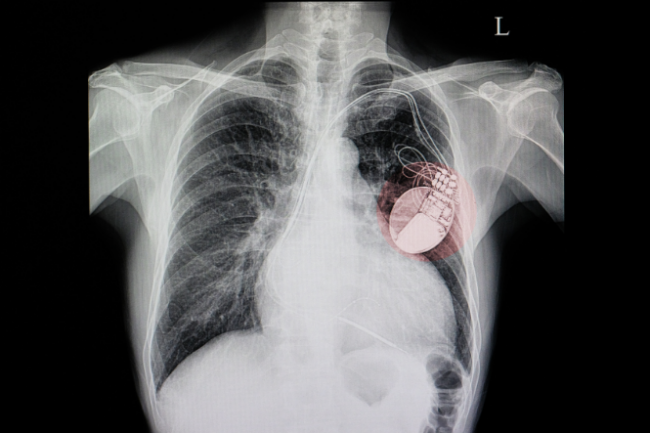Your heart beats regularly at varying rates depending on your body's needs. However, if your heart beats too slowly, it may cause you to feel light-headed or breathless. Some people experience blackouts. These slow heartbeats are called arrhythmias and can be due to damage to the heart's electrical conducting system.
The pacemaker may do 1 or more of the following:
- Control the rate at which the heart beats.
- Restore "communication" between the atria and ventricles, coordinating their contractions.
- Increase the heart rate, when required, in response to physical activity demands.
When your heart is beating normally, the pacemaker won't be activated. It only activates when your heart rate is too slow.
The pacemaker rate can be reprogrammed to meet your needs. This is done via an external device that communicates with the pacemaker. The pacemaker can also be programmed not to activate at times when your heartbeat would normally slow down, eg, when sleeping.
There are several types of pacemaker available, and your heart doctor (cardiologist) will discuss the different options with you to decide which is the most suitable.







